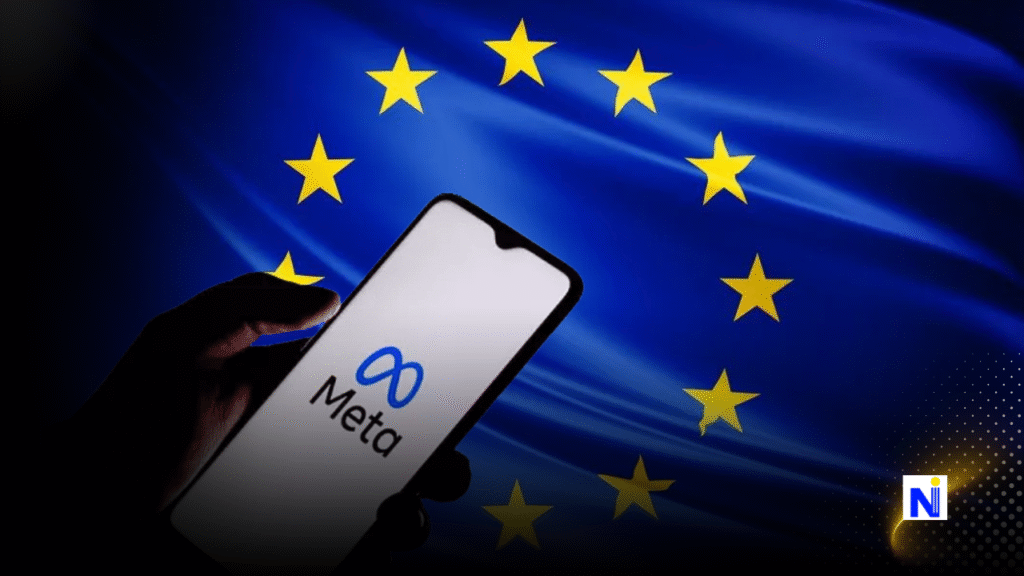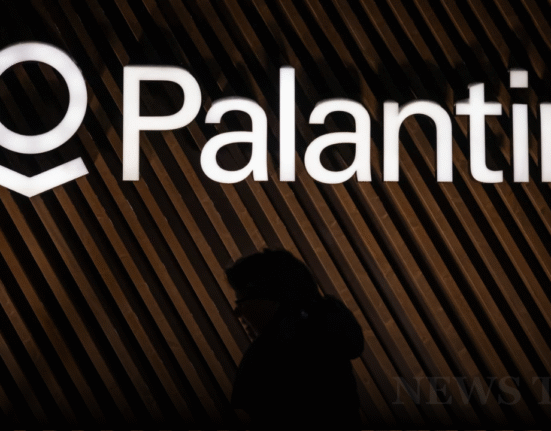
The world of artificial intelligence just got a little more complicated — and political. In a surprising move that’s making waves across the tech community, Meta has refused to sign the European Union’s new code of practice for AI, putting the tech giant at odds with European regulators just weeks before the EU’s AI Act enforcement begins.
Let’s dive into what this refusal means, why Meta took such a bold stance, and how it could shape the future of AI development across borders.
The Code That Sparked Controversy
What is the EU AI Code of Practice?
The EU AI Code of Practice is a voluntary framework designed to guide companies on how to comply with the AI Act, the European Union’s landmark legislation on artificial intelligence. While the AI Act itself is legally binding, this voluntary code aims to help providers of general-purpose AI (GPAI) models prepare for stricter compliance.
Key Requirements of the Code:
- Maintain updated documentation for AI models
- Avoid training models with pirated content
- Respect content owners’ opt-out requests
- Establish internal monitoring for risk and safety
It sounds reasonable on paper — transparency, accountability, safety. But Meta isn’t buying it.
Meta’s Stand: A Public Refusal
In a LinkedIn post, Joel Kaplan, Meta’s Chief Global Affairs Officer, didn’t mince words:
“Europe is heading down the wrong path on AI… Meta won’t be signing it.”
Kaplan argued that the code creates legal uncertainty for AI developers and goes far beyond what the AI Act demands. He called it regulatory overreach, saying it could “throttle the development of frontier AI models in Europe” and make the region less attractive for innovation.
That’s not just criticism — it’s a clear warning shot.
1. Legal Uncertainty and Broad Scope
Kaplan’s biggest gripe is the lack of clarity. According to him, the Code stretches the definitions and obligations set in the AI Act.
- Is the code enforceable or not?
- Could it open doors to future lawsuits?
- How does it intersect with existing copyright and IP laws?
These are the unanswered questions haunting developers.
“You can’t innovate in a minefield of legal guesswork,” one AI researcher remarked.
2. Threat to Open-Source Innovation
Meta has been one of the biggest backers of open-source AI through initiatives like Llama. The company argues that the Code’s measures could discourage open collaboration and restrict the sharing of research models and datasets.
If every model must comply with the same rigorous requirements — regardless of whether it’s used commercially or for research — we risk stifling open progress.
3. Timeline Pressure vs Realistic Development Cycles
The August 2, 2025 compliance deadline looms large, especially for providers of general-purpose AI models deemed to pose “systemic risk.” This includes the likes of Meta, OpenAI, Google, and Anthropic.
The EU expects companies to:
- Audit and register their models
- Demonstrate risk mitigation strategies
- Create summaries of training data
Sounds fine… until you consider that AI development is fluid, iterative, and global. Aligning with regional policy every few months just isn’t scalable.
4. Meta Isn’t Alone in Its Concerns
Meta may be the loudest voice right now, but it’s far from alone. Major tech firms including Alphabet (Google), Microsoft, and Mistral AI have also expressed resistance to certain provisions of the EU’s rules.
- In December 2023, more than 100 tech CEOs signed a joint letter urging the European Commission to delay the rollout of the AI Act.
- Despite that, the Commission is holding firm.
“Europe must not delay,” an EC spokesperson said. “Public safety and ethical innovation must go hand in hand.”
5. Global Implications for AI Regulation
Meta’s defiance is more than just a corporate disagreement — it’s a symptom of a growing divide between global tech powers and regional regulators.
| Region | Approach to AI Regulation |
|---|---|
| EU | Precautionary & rights-based |
| US | Innovation-focused, light-touch so far |
| China | State-controlled development |
This fragmented approach raises a tough question: Can we really regulate a borderless technology using national laws?
What Happens Next?
The EU says companies like Meta have until August 2, 2027, to ensure their general-purpose models comply with systemic-risk rules — even if they launched the models before August 2, 2025.
Meta, meanwhile, is likely banking on global consensus moving in its favor, especially if the U.S. and other countries resist the EU’s stringent approach.
Will they revise the code? Will companies fold and comply anyway? Or will this become a standoff?
Who Will Blink First?
This isn’t just a battle over red tape — it’s a philosophical showdown over how to build the future of AI responsibly. Meta’s refusal to sign the EU code could slow down regulatory cooperation, fragment global AI policy, and increase tension between tech companies and lawmakers.
But it also forces us to ask tough questions: How do we protect users without smothering innovation? And can voluntary codes ever truly work?
Whatever happens next, one thing’s for sure — the AI regulation conversation has only just begun.






